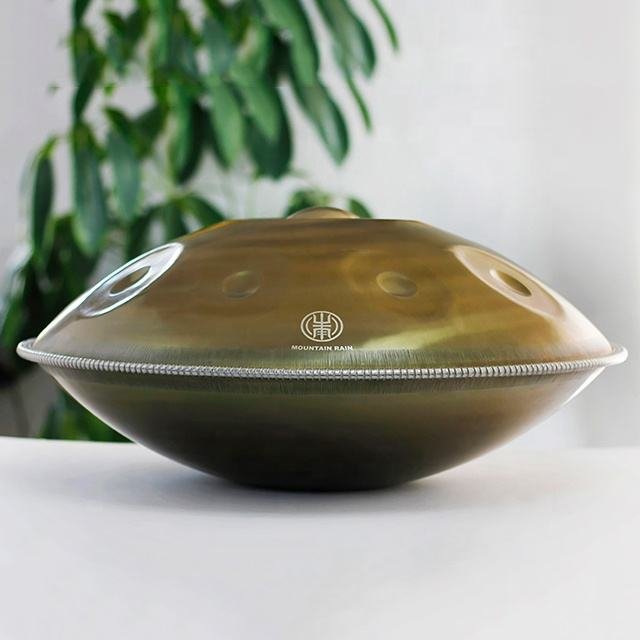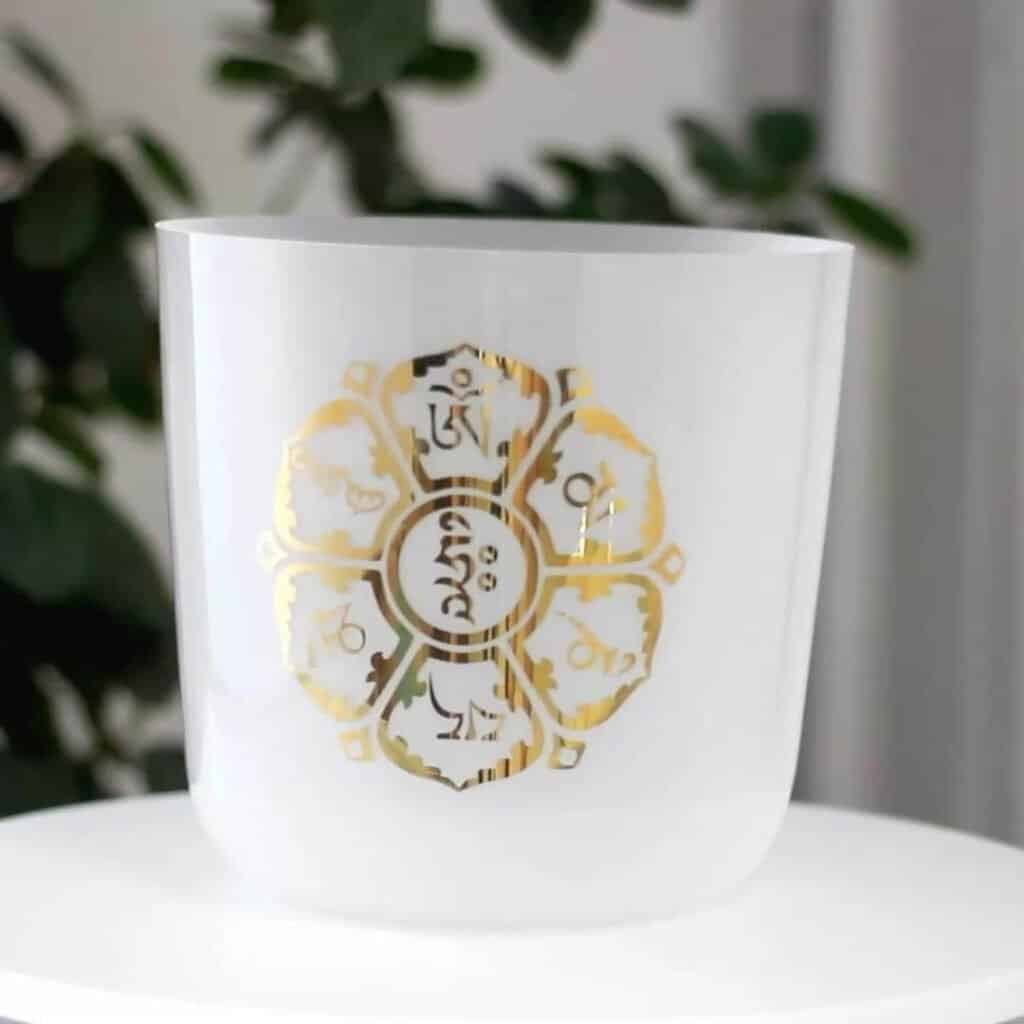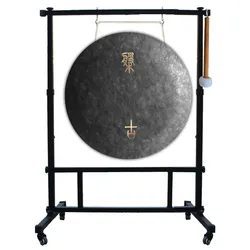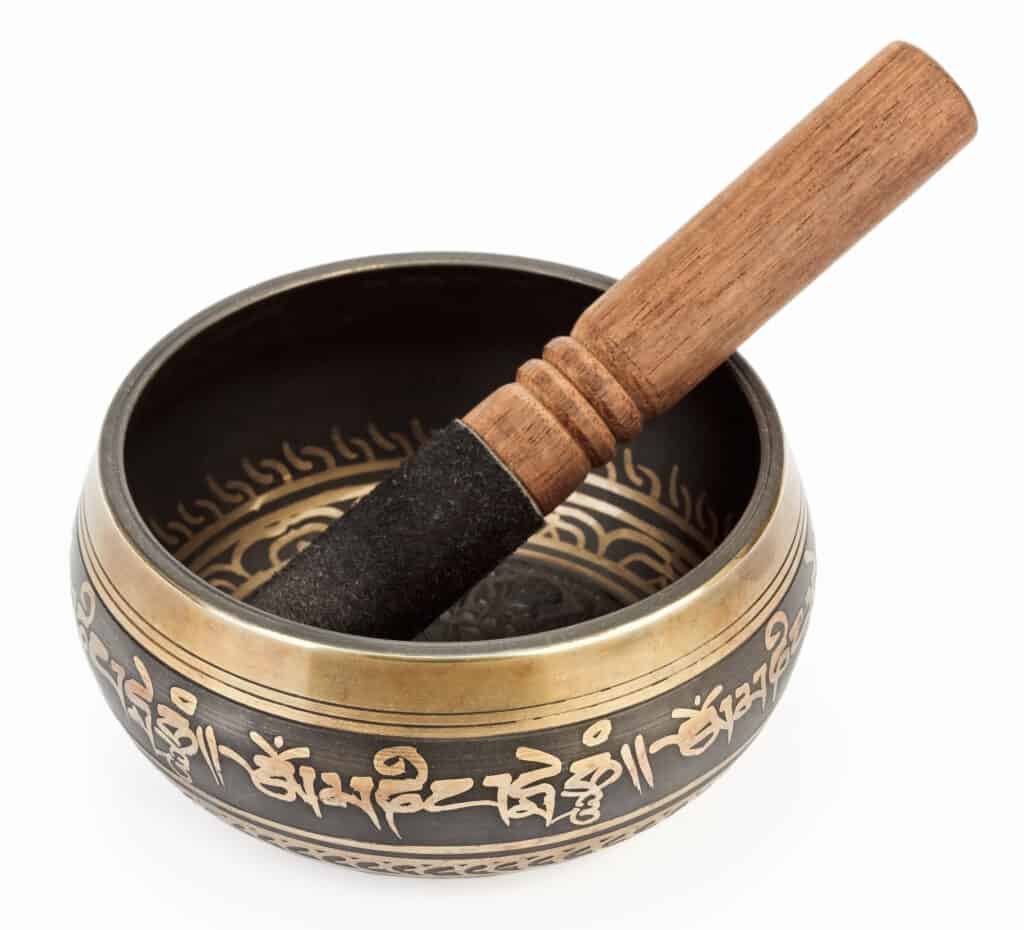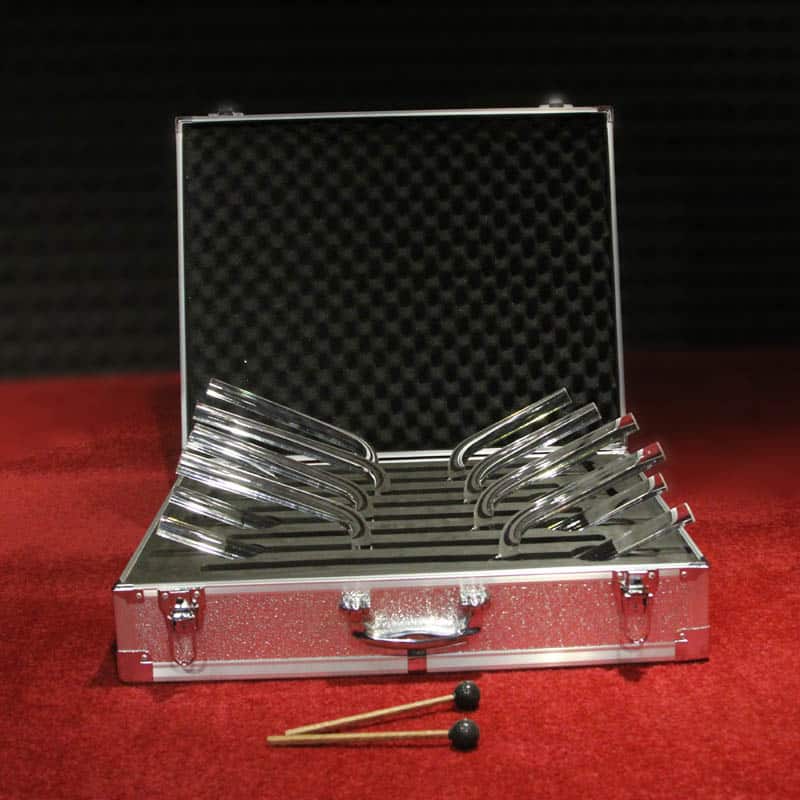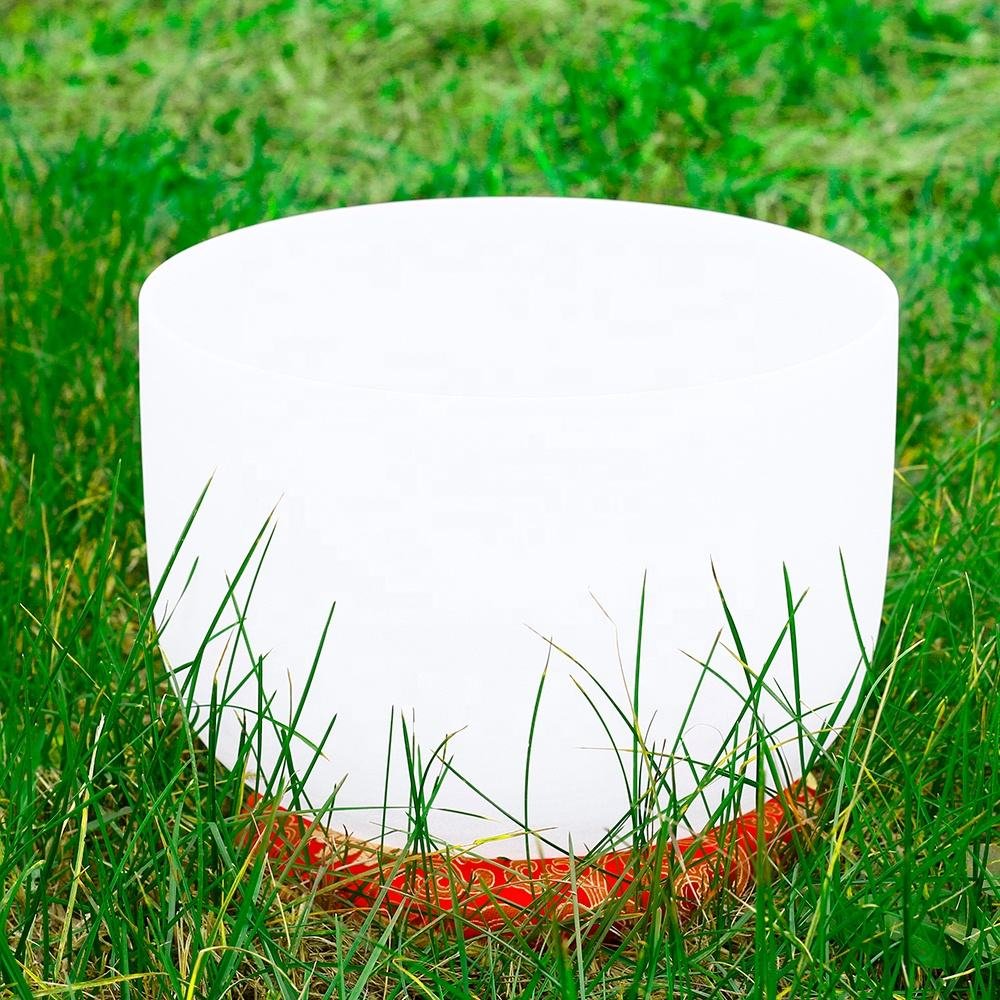1. Introduction

Crystal singing bowls are musical instruments with a long history dating back to ancient civilizations. These bowls are known for their ability to produce pure and resonant tones, which can have a calming and healing effect on the mind and body. To achieve these harmonious sounds, crystal singing bowls must undergo a meticulous tuning process.
2. What Are Crystal Singing Bowls?
Crystal singing bowls are made from pure quartz crystal, which is heated and molded into the shape of a bowl. The crystal’s unique molecular structure allows it to produce a clear and sustained tone when struck or played with a mallet. Each bowl is carefully crafted to produce a specific pitch or note, creating a symphony of sound when played together.
3. The Importance of Tuning
Tuning is a crucial step in the creation of crystal singing bowls. It ensures that each bowl produces the desired pitch and maintains harmony when played alongside other bowls. Proper tuning enhances the therapeutic qualities of the bowls, allowing for a more profound healing experience for the listener.
4. Tuning Process
The process of tuning crystal singing bowls involves several steps, from selecting the raw materials to testing the final sound. Here is an overview of the typical tuning process:
4.1 Selection of Raw Materials
High-quality quartz crystal is the primary material used in making crystal singing bowls. The crystal must be pure and free from any impurities that may affect the sound quality. Skilled artisans carefully choose the crystal to ensure that it meets the desired specifications for creating a specific pitch.
4.2 Shaping the Bowl
Once the raw crystal is selected, it is heated and molded into the shape of a bowl using various techniques. The size and shape of the bowl play a crucial role in determining its pitch and resonance. Artisans use precision tools and craftsmanship to create bowls of different sizes and thicknesses, each with its unique sound characteristics.
4.3 Tuning Techniques
After shaping the bowl, the artisans employ tuning techniques to refine its pitch and ensure it aligns with the desired musical scale. The most common tuning method involves carefully removing or adding material to the bowl’s rim. This process is performed gradually, with the bowl tested at each stage to ensure the desired pitch is achieved.
4.4 Testing the Sound
Once the bowl is tuned, it is tested to evaluate its sound quality. Skilled artisans strike the bowl with a mallet or use a rubbing technique to produce a sustained tone. The sound is then analyzed to ensure it matches the intended pitch and possesses the desired clarity, resonance, and harmonic properties.
5. Factors Affecting Bowl’s Pitch
Several factors contribute to the pitch and tone produced by a crystal singing bowl. Understanding these factors helps artisans create bowls with specific characteristics. Here are some factors that affect the bowl’s pitch:
5.1 Bowl’s Size and Shape
The size and shape of the bowl determine its fundamental pitch. Larger bowls generally produce lower tones, while smaller bowls create higher tones. The shape of the bowl, including its curvature and overall design, also influences the harmonics and overtones produced when played.
5.2 Wall Thickness
The thickness of the bowl’s walls affects its resonance and sustain. Thicker walls produce a deeper and more prolonged sound, while thinner walls create a brighter and more immediate tone. Artisans carefully consider wall thickness to achieve the desired sound qualities for each bowl.
5.3 Rim Width
The width of the bowl’s rim influences the ease of playing and the quality of sound. A wider rim allows for easier control and produces a broader spectrum of tones. Conversely, a narrower rim offers a more focused sound with fewer variations in pitch.
5.4 Rim Shape
The shape of the bowl’s rim also impacts its sound characteristics. Some bowls have a rounded rim, which produces a soft and gentle tone, while others have a flat or flared rim, resulting in a more pronounced and vibrant sound. Artisans experiment with different rim shapes to create a diverse range of tones.
6. Benefits of Well-Tuned Crystal Singing Bowls
When crystal singing bowls are accurately tuned, they offer numerous benefits to individuals and communities. Here are some advantages of well-tuned crystal singing bowls:
- Deep relaxation and stress reduction
- Enhanced meditation and mindfulness practices
- Improved focus and concentration
- Balancing of energy centers in the body
- Support for emotional healing and release
- Facilitation of deep sleep and relaxation
- Promotion of a sense of harmony and well-being
7. Maintaining the Bowl’s Tune
To preserve the tuning of a crystal singing bowl, proper care and maintenance are essential. Here are some tips to maintain the bowl’s tune:
- Handle the bowl with care, avoiding dropping or mishandling it.
- Clean the bowl regularly using non-abrasive materials to remove dust and debris.
- Store the bowl in a safe and stable environment, away from extreme temperatures or direct sunlight.
- Avoid exposing the bowl to liquids or chemicals that may damage the crystal.
8. Conclusion
Crystal singing bowls are meticulously tuned musical instruments that produce enchanting and healing sounds. Through a combination of craftsmanship, tuning techniques, and careful material selection, artisans create bowls with specific pitches and harmonics. These bowls offer a multitude of benefits, promoting relaxation, meditation, and overall well-being. By understanding the process of tuning crystal singing bowls, we can gain a deeper appreciation for these beautiful instruments and the power of sound in our lives.
FAQs
Q1: Are crystal singing bowls difficult to tune?
Crystal singing bowls require precision and skill to tune correctly. It takes time and practice to master the art of tuning these instruments and achieve the desired pitch and resonance.
Q2: Can I tune a crystal singing bowl myself?
While it’s possible to adjust the pitch of a crystal singing bowl to some extent, professional tuning is recommended to ensure optimal sound quality and harmonics.
Q3: How often should I have my crystal singing bowl tuned?
The frequency of tuning depends on how frequently the bowl is played and the environmental conditions it is exposed to. As a general guideline, it is advisable to have the bowl tuned annually or whenever a significant change in sound quality is noticed.
Q4: Can crystal singing bowls go out of tune over time?
Crystal singing bowls are crafted to maintain their tune over an extended period. However, external factors such as temperature changes or mishandling can potentially impact the bowl’s tuning. Regular care and maintenance can help preserve its optimal sound.
Q5: Are all crystal singing bowls tuned to the same musical scale?
Crystal singing bowls can be tuned to various musical scales, including the Western chromatic scale and specific Eastern scales. The choice of scale depends on the intended use and the preferences of the musician or practitioner.


